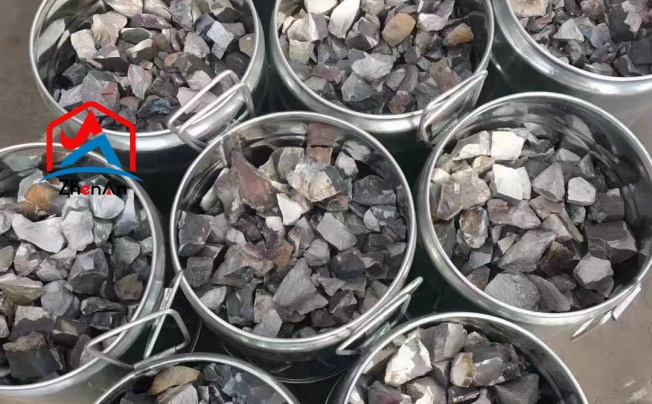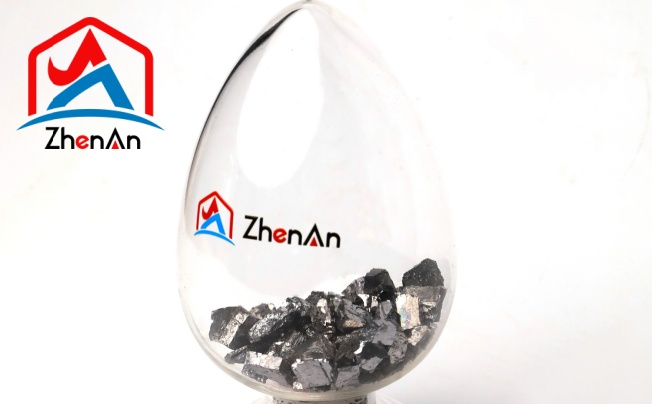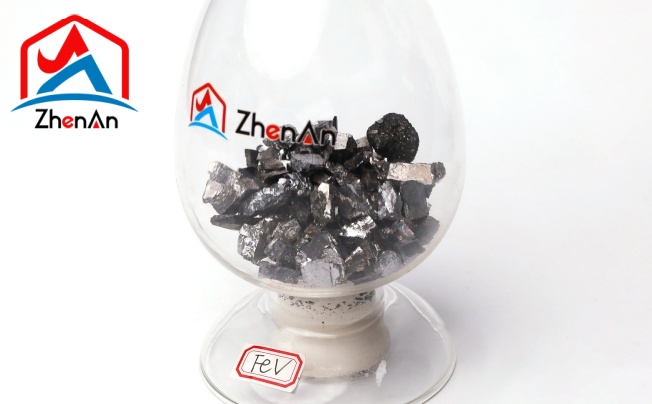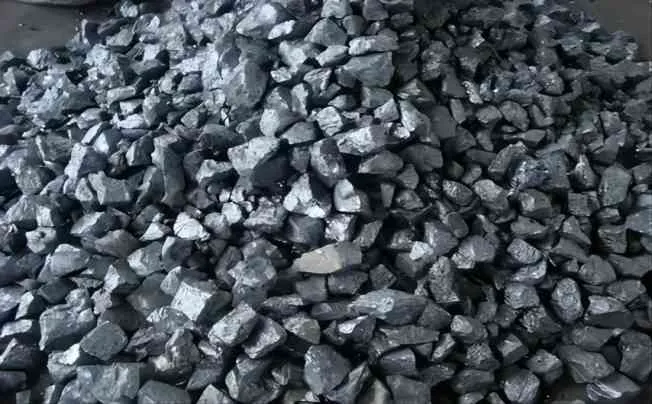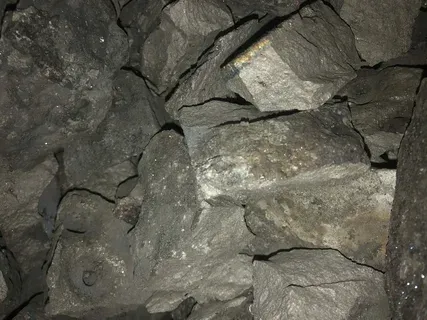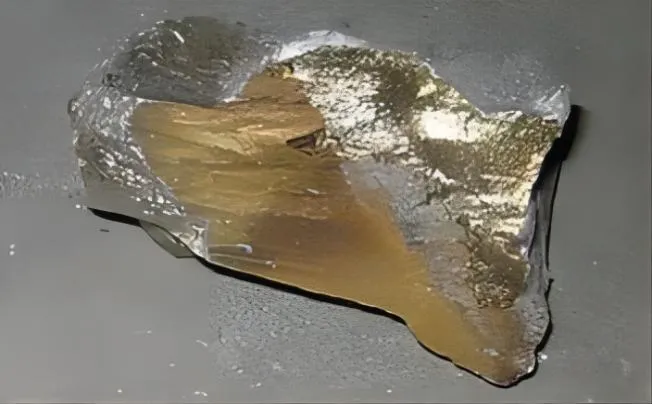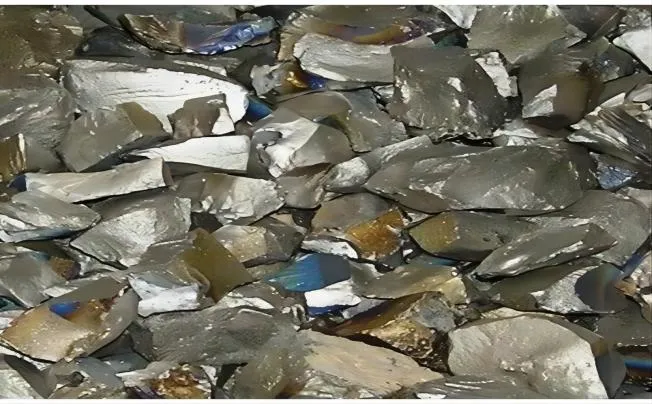What is Ferrotitanium 40?
One kind of iron alloy is ferrotitanium 40, which is an alloy of titanium and iron. Typically, it has 40–75% titanium, 10–20% iron, and a trace quantity of carbon. Ferrotitanium is excellent for deoxidizing, desulfurizing, and denitrifying steel because the titanium in it is highly reactive with sulphur, carbon, oxygen, and nitrogen to produce insoluble compounds and sequester them in the slag.
In an induction furnace, scrap titanium is melted with steel or iron to produce ferrotitanium. Its qualities include great strength, low density, and superior corrosion resistance. When producing steel, ferrotitanium is used as a cleaning agent. For instance, steel’s mechanical qualities, such as strength and resistance to corrosion, can be enhanced by adding ferrotitanium.
Ferro titanium is employed in a variety of different processes outside of steelmaking. It is used, for instance, to create the yellow-white sparks seen in pyrotechnics. It can also strengthen the wear resistance and machining qualities of alloys.
What is the Composition of Ferrotitanium 40?
The composition of ferrotitanium 40 is as follows:
- Titanium (Ti): 45-75%
- Iron (Fe): 10-20%
- Carbon (C): Small amount
What is Ferrotitanium 40 Used For?
- Steelmaking: Ferrotitanium 40 is mostly utilized as a steel and iron cleaner in the steelmaking process. It aids in purging the steel of impurities including sulphur, carbon, oxygen, and nitrogen, enhancing the material’s quality and mechanical characteristics.
- Alloying: To produce a variety of alloys, ferrotitanium 40 is added during the alloying process. It can improve the alloy’s strength, resistance to corrosion, and other desired qualities.
- Pyrotechnics: Fireworks, in particular, use ferrotitanium 40 in their pyrotechnic compositions. It enhances the visual effects of fireworks displays and aids in the creation of yellow-white sparks.
- Additional uses: Ferrotitanium 40 has uses in the construction, automotive, and aerospace industries. Heavy-duty structural steel, welding electrodes, and other premium steel and alloys can all be made with it.
How Strong is Ferrotitanium 40?
Ferrotitanium 40’s strength can change based on its precise composition and how it is processed. Nonetheless, ferrotitanium is well renowned for having exceptional mechanical qualities and high strength. It is frequently added to steel as an alloying agent to increase the material’s strength and resistance to corrosion.
Ferrotitanium 40’s specific strength can vary depending on its precise composition, how it’s processed, and what usage it’s being utilized for. It is crucial to remember that ferrotitanium 40’s strength is usually assessed to its application as an alloying additive in the production of steel, not as a material on its own.
Methods For Smelting Ferrotitanium
The old thermite method also called the outside-furnace method, is still used by the ferroalloy businesses in my country to make ferrotitanium. To create low titanium ferrotitanium, which contains 25 to 45% titanium, the roasted titanium magnetite concentrate powder is thoroughly mixed with aluminium powder and ferrosilicon powder in a certain ratio. Magnesium is then used to ignite and decrease titanium oxide using its heat source.
According to the existing standards in my nation, the Thermite process can only make four categories of low titanium ferrotitanium with a titanium concentration of 30% and 40%. However, it cannot produce high titanium ferrotitanium with a titanium content of approximately 70% and a low Si and Al content. low ferrotitanium titanium. Because the higher impurities (Al 8 to 9.5%, Si 3.0 to 5.0%, and Mn 2.5%) are determined by the characteristics of thermite manufacture. The quality of the steel is directly impacted by inclusions, which increase as they are added later in the steelmaking process since they cannot be removed.
The “Production method of molybdenum-iron-titanium ternary alloy” is revealed in Soviet patent SU339701. Utilizing the basic materials for ferromolybdenum preparation, this approach essentially produces a “molybdenum-iron-titanium ternary alloy” using a thermite process. To minimize titanium burning loss and increase the amount of N in the alloy, the titanium raw material is covered and melted from top to bottom. Ternary alloys are smelted using this technique, and the alloy contains just 40.17% titanium. This process of smelting ferrotitanium alloys has many of the same drawbacks as the thermite approach. Naturally, it is not possible to create ferrotitanium alloys with a titanium content of roughly 70%.




